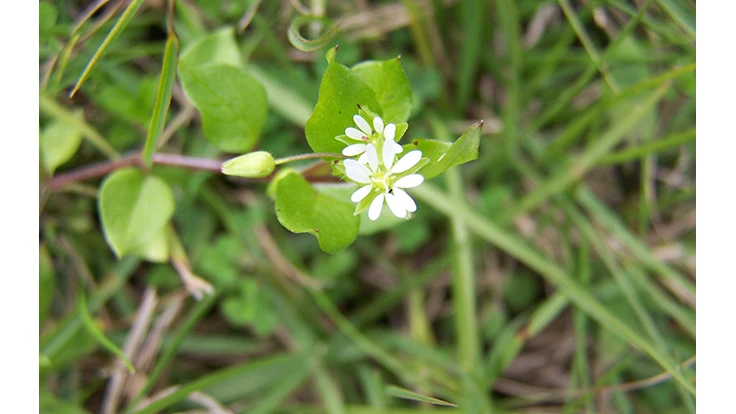
As the snow melts and grass starts to grow again, so do weeds. If you miss a pre-emergent application, there's still a chance to get customers' lawns looking their best. Here are a few of the most common winter annual broad-leaf weeds that could be popping up this spring and how to control them.

Henbit
Henbit can generally be removed by hand, but if chemical control is necessary, a three-way herbicide such as trimec or dicamba, is effective on most lawns. Look for square, hairy, purplish stems with broad leaves that have prominent veins on the undersides.

Wild violet
Wild violet is usually found in shady areas with moist soil, but it can also grow in sunnier areas. Look for heart-shaped leaves with rounded tips on the margins. Purdue recommends triclopyr for control. Note that it can take several years to achieve complete control.

Chickweed
There are two types of chickweed: common and sticky. While common chickweed does well in wet areas but the sticky variety can handle drier climates. According to the University of California Davis, dicamba is a good option for turf, and triclopyr will treat weeds in cool-season grasses, but will harm warm-season grasses. Look for sprawling growth with small white flowers.
Latest from Lawn & Landscape
- Session snippets
- WorkWave debuts WavelyticsTM at Beyond Service User Conference
- Picking up after the storm
- HD Hyundai Construction Equipment North America unveils HX90A compact excavator
- Ruppert Landscape acquires Ocean Woods Landscaping
- Registration now open for Central Coast Water Summit
- Focal Pointe names Rogers to director of fleet and facilities
- Turf Masters Brands acquires Cardinal Lawns in Ohio





